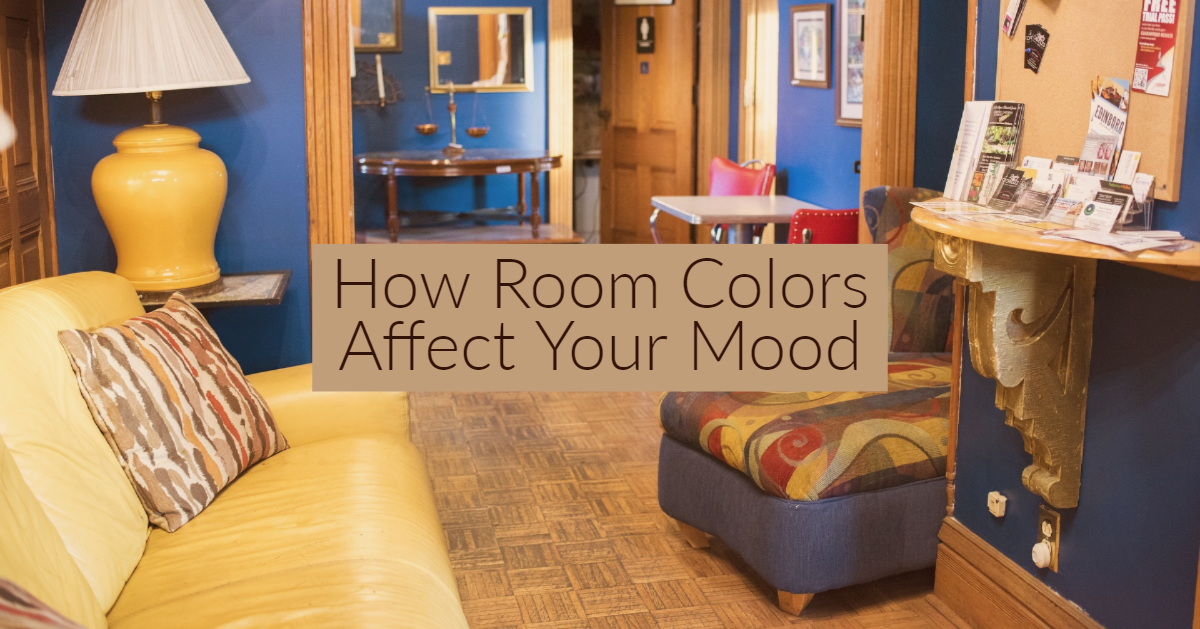The colors of the rooms in your home are a reflection of your personality, and while most of us may not spend a ton of time thinking about room color, it affects us every day. Depending on one’s age, gender, ethnic background, and climate, color affects people in many ways. That’s why it’s so important to choose colors wisely when it comes to decorating.
Here’s a look at how different room colors affect your mood:
Red
Red is known for raising the energy level of a room; as the most intense color, it pumps adrenaline like no other hue. In the living room or dining room, it draws people together and stimulates conversation.
Yellow
Capturing the joy of sunshine and communicating happiness, yellow is an excellent choice for kitchens, dining rooms, and bathrooms, where it is uplifting and energizing. In halls, entryways, and small spaces, yellow can feel expansive and welcoming.
Blue
Blue has been shown to reduce blood pressure and slow both respiration and heart rate. It’s often considered calming, relaxing, and serene, and is generally recommended for bedrooms and bathrooms. If you decide to opt for a light blue as the primary color in a room, be sure to balance it with warm hues for the furnishings and fabrics.
Green
Considered to be the most restful color for the eye, green combines the refreshing quality of blue and the cheerfulness of yellow. This color is suited for almost any room in the house: in the kitchen, it cools things down, while in a family or living room, it encourages unwinding but has enough warmth to promote comfort and togetherness.
Purple
In its darkest values (like eggplant), purple is rich, dramatic, and sophisticated. It is often associated with luxury and creativity, and as an accent or secondary color, it gives a scheme depth. Lighter versions of purple, like lilac and lavender, bring the same restful quality to bedrooms as blue.
Source: freshome


